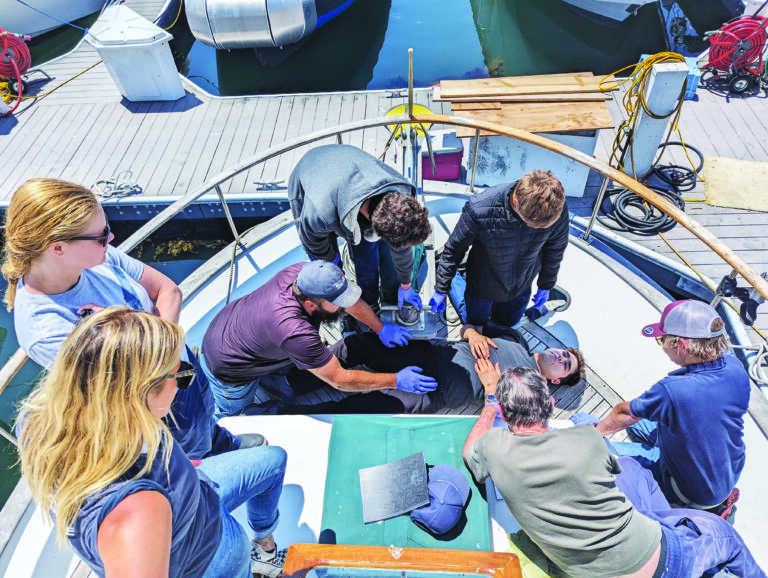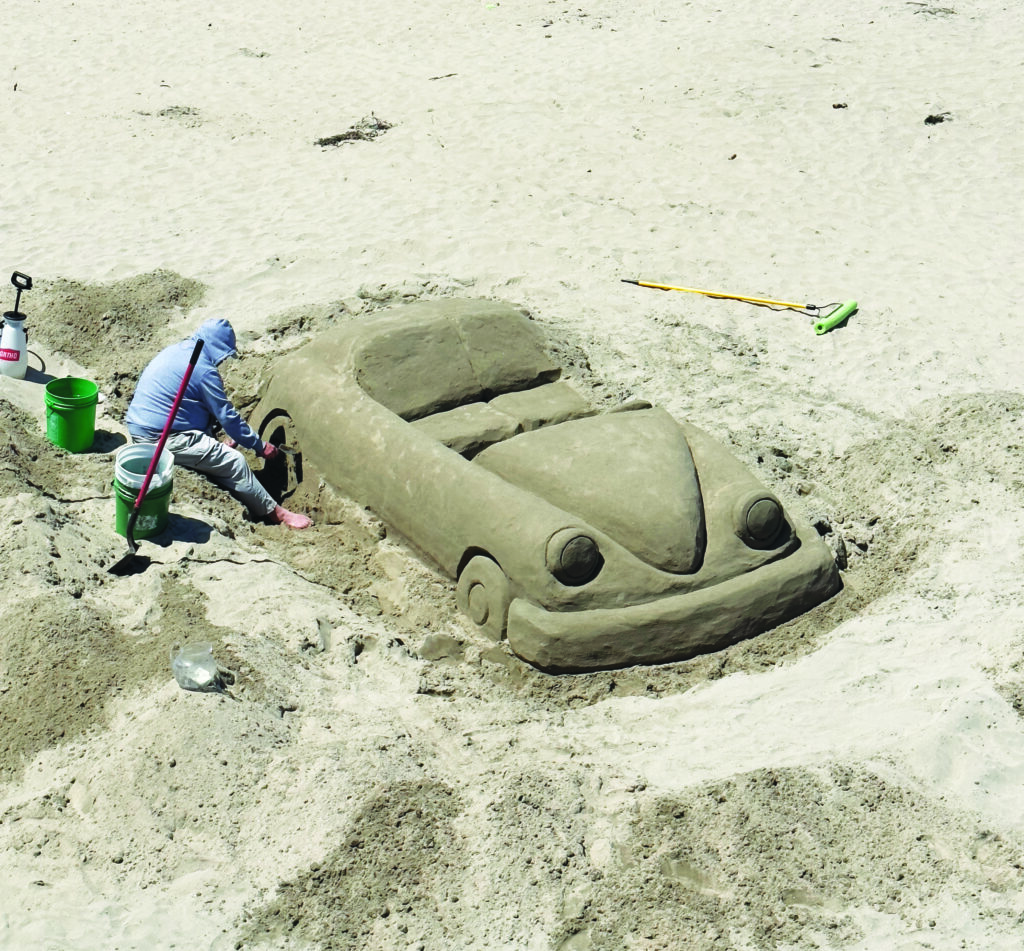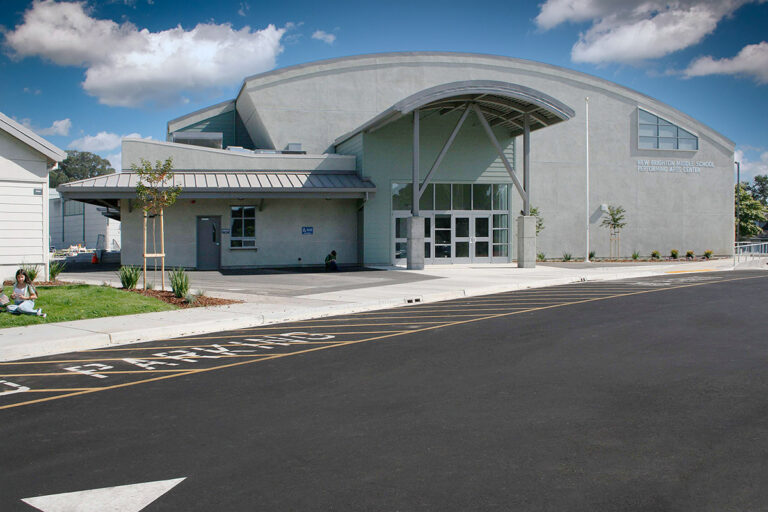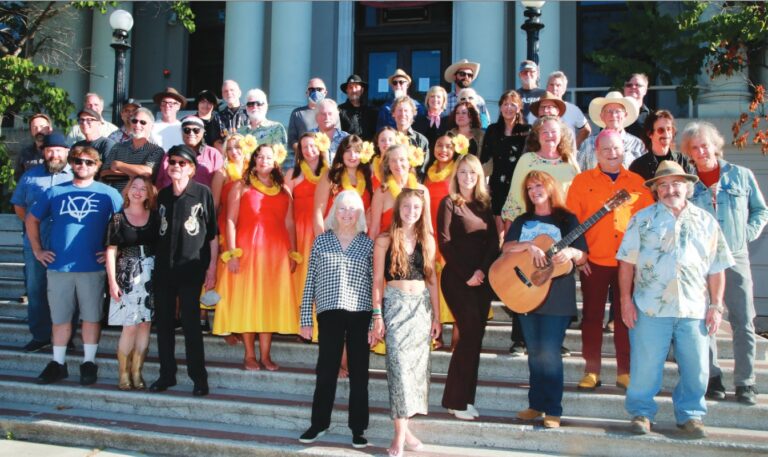For humans, a horse may be the greatest bio-feedback tool on earth
In Equine Assisted Psychotherapy, a therapist uses a horse as the emotional barometer to get you to a moment when what you feel on the inside is what you project. You may be able to bullshit your therapist, you can certainly bullshit yourself, but you cannot bullshit a horse. Horses have many times the number of mirror neurons as humans, and they fire when it acts, and when it observes the same action in you. Call it empathy.
Here are five tales of equine assisted psychotherapy.
The Comedian’s Tale—My Story
It’s day one of lockdown, March 15, 2020, my comedy performance career just shut down and I am unemployed for the first time in thirty years.
Cat Glass gives me a job taking care of nine Arabian horses on the Corralitos farm where I live in my Airstream trailer. I know nothing about horses, but it is a good job, a stable job.
I’ve had the job for three days and tonight I’ve finally gotten most of the horse manure out from under my toenails. I’d prefer to clean the stalls with shoes that didn’t have holes in the toes, but the stores are closed and to paraphrase Donald Rumsfeld, “You shovel shit with the sneakers you have.”
I was afraid of Moose the moment I met him. He took one look at me and turned away. Cat says that he indeed can be a shit, looking down on everyone.
In fact, Moose does look down on everyone, he is a 1,200 pound Arabian with chiseled muscles that flex and roll with every step. He rules the herd of nine Arabians on the farm and suffers most humans, like me, with skepticism.
I meet Moose with fragmented energy, it is a fearful time. I wonder if the end of my species floats through the air. I’m terrified of not being able to work.
I focus on the idea that we are spirits having a human experience, and I pace the floor, repeating, “I’m not broke, I’m having an out-of-money experience.”
Nowhere is safe, there is evil in the air, we are afraid of breathing. I floss every time I eat. I think I see Trump rising out of the sidewalk but when I get closer I see it’s a safety cone buried in gravel. I’m fragmented. To pay my rent I shovel shit.
There is no time clock, my day starts at dawn. I push my cart piled high with hay and grain to Moose’s pen. Moose does not like to wait, and as he paws the ground, I feel the earth shake.
While the outside human world descends into madness to fight over masks on their faces to prevent infection of their lungs, it’s my job to put fly masks on the horses’ faces to prevent infection of their eyes. The horses can see through their eye masks, but it is still an intimate maneuver for me to reach under their necks and lift the masks over their faces, adjust it over their eyes and fasten it with Velcro.
I am terrified of Moose. You could put a half dollar in his nostril. A few years ago, Moose was abused by a man and injured. Moose is not mean, but when I come through the gate his eyes go wild, ears go back and he runs in circles, kicking and snorting. He is as freaked out by our encounter as I am.
Cat says, “Moose is mirroring your fear. He can’t understand why you are afraid of him and it’s making him afraid. Lean into him, closer is better, he will trust you. He wants to make you a member of his herd.” Wow, 50 Shades of Hay.
“He is non-judgmental, he senses how you feel and responds with empathy.”
“What do I do?”
“Tell him what you want.”
Sure. My breath shakes.
“Moose. I’m putting this mask on your face to keep flies off your eyes.”
He looks at me with one eye and turns his head to look at me with the other. I deflate, my shoulders slump.
“Moose. We are putting this mask on to protect you.”
He sniffs the air around my head. All I have left is to level with him.
“Moose. Man, I just want to protect your eyes from these goddamn flies.”
He lowers his nose to mine; I feel the powerful suction as he inhales me. He puts a nostril over my nose and blows air into my lungs. He lets me scratch his neck and lifts his head with pleasure. He leans into my hands so I will scratch him harder, and it nearly knocks me down. Then he lowers his head to receive the mask.
At a time when I worry my breath will kill someone, Moose teaches me how to breathe again. At first I think this magic must be unique to Moose and me, but I learn that horses have been healing humans for five thousand years.
The Warrior’s Tale
Joe Rodriguez served in the Marine Corp for eight years and did two tours in Iraq. He was in the 4th Armored Light Reconnaissance Battalion in tactical combat—nuclear, biological, chemical defense. Joe is certifiably bad ass. Joe tells his story:
I checked myself into rehab last February. After thirteen years of drinking, doing drugs, I had a really bad night, firearms were involved. With Cat’s help, I checked into the VA psych ward in Palo Alto. I was so glad to be there, on the ride there I was really drunk. You should never go to rehab sober.
My buddy and I were lit. I got busted trying to smuggle in my vape pen. Nope, strip search. That place is no fun at all. I call it Prisoneyland. There are no ledges, no place you can hang yourself on. The desks are heavy, you can’t pick them up and throw them.
But then I got lucky, a doctor told us about a program called Foundations of Recovery (FOR). Me and my buddy made it in. I knew that if I went back to drinking I would kill myself or somebody else.
We got to go to one called Equine Therapy. Really, what it is, horses aren’t full of shit (apparently Joe has never been a stall cleaner, but I get his point.) They don’t want you to be freaky and weird around them; you gotta be cool, then they’ll be cool. It’s a horse, so I can let my guard down.
When I walk up to a horse, it is inspecting me, and if my energy is off, the horse will not get near me, it’s not going to trust me. As addicts, we all have our little twitches, and I have to let that go. Horses are a gateway to getting in the moment.
I saw my buddy hang on one horse for forty minutes. You could see them breathe together. And that’s it, you learn how to breathe through the hectic moment, like when things get hectic in my classes at Cabrillo or even talking to you right now. I know what it is to get in the moment, because with a horse, you can feel it.
Everything gets calm. I used to be nervous, I’d hear voices and see people on rooftops all day long. I wanted to be concealed, have cover and evade. Drinking gave me the courage to fight those feelings. Now I trust Cat’s horse Faith, and I don’t want to drink.
The Artist’s Tale
Julianna Zito is an artist who paints how she feels. Her paintings are complex and represent how she sees what is going on in her brain at a given moment. In her early 30s she had been diagnosed with bi-polar disorder and got on a heavy cocktail of psych meds. Julianna tells her story:
I was trying to analyze my way to peace and going over and over things in the past. The schism puts me at war with myself and I make bad decisions.
At 40, I started working with Sandy, a psychotherapist, and her horse Toby. A live bio-feedback machine is what Toby is for me, he takes a reading on whether my inner and outer self are aligned. If I am congruent, truly calm and peaceful, Toby will turn an ear toward me. Maybe he’ll turn his body toward me.
Rejection is my most vulnerable place; if I feel rejected it triggers panic. I was terrified of being rejected by the horse, and after six months of looking for Toby’s acceptance, I came in crying. I was a ragged, jagged mess and I knew that Toby was not going to have anything to do with me. And he didn’t, Toby moved to the other side of the stall.
I said, “Oh Sandy, Toby’s not going to want to have anything to do with me today. What a waste, I feel so dark and angry and sad.”
I had my sketch book with me and one thing I can do is draw how I feel.
Sandy said, “Share with me what you drew.”
Still crying, I sat down and started talking about the artwork that represented how messed up I am and that’s when Toby came over to me and laid his head on my shoulder. That’s when I discovered what it felt like to be seen, heard and felt when my inside self and outside self were the same.
Toby was telling me, “You are real now, we are both safe now.”
I was blown away that this beautiful creature wanted to be close to me, even when I was my imperfect, ragged self. I’ve tried a lot of different therapies, and it took six months with Sandy and Toby to get here, but I can’t imagine anything else getting me to this place of awareness like I have with Toby. I go to Sandy and Toby one hour a week, I know I’m not bi-polar and don’t take psych meds.
The Healer’s Tale
Charlie Jenks did two combat tours in Afghanistan. In 2006 he moved his family to Hawaii and started having panic attacks when public speaking. It got worse and he searched far and wide for effective treatment. He retired from the military in 2016 and his attacks became debilitating. Charlie tells his story:
I masked it all. I didn’t look for mental health help, that was for other people. My symptoms were that my lower back would sweat, profusely. Doctors would prescribe pills for my panic, but I’m not about that.
It snowballed. It got to the point, people could ask me questions, I felt cornered and it triggered the panic. I was good at masking it, but when I retired from the army
I started interviewing at companies with HR people and they’d say, “So, tell me about yourself.” It was like a big spotlight came on me and I felt like I was back in my vehicle in Afghanistan, when the vehicle in front of us blew up. The panic comes from holding the fear of this happening again, and I stayed in a state of readiness. I’d wear multiple shirts to absorb the sweat, and I discovered that drinking alcohol helped.
With my PTSD buddies, I kept drinking more and more. I knew I had to do something, and I knew that I’ve always felt good around horses. I found The Horse Whisperer, Monty Roberts, whose class Horse Sense and Healing establishes a trusting relationship with the horse without the use of dominance or force. The idea was to get the horse to come to me untethered, just because it wanted to be with me.
I didn’t get it until the third class and then the horse woke me up, the horse is just a mirror of me! Monty teaches diaphragmatic breathing to calm down, and the horse calmed down. I was blaming everybody else for my problems, and the horse showed me that it was me. It changed my life. Then I incorporated my own Qigong practice and started my own healing horse meditation class.
Now my symptoms are gone, no sweat. My dream is to show this to others, my combination of breathwork and horses. That’s why we do the Friday morning horse meditations, where the horses end up leading us. And this is not just for Vets, we offer this to everyone.
You can learn more about Charlie Jenk’s healing work at https://connectingveterenswithhorses.com.
The Horsewoman’s Tale
Cat Glass is the owner of the nine Arabians on the farm where my Airstream trailer sits. Her horses are family. Cat tells her story:
When my cancer had me doing chemo, I was losing hope and just wanted it all to end. Moose would walk up to me, sniff me all over and nuzzle me until I would burst out crying and throw my arms around his neck and hang onto him and we would cry together. Moose saved my life. I was ready to give up, but Moose gave me hope; faith that someday I will be back out in the corrals, taking care of my horses.
Moose has to be in tune with his herd, we have mountain lions. He includes me in his herd. If I’m scared, he feels scared too. Moose has moments where he can be really tough, he’s dealing with PTSD of his own. He came so far to wrap his long neck around me, support me, to hold me. He knew I hurt, and from his towering intensity, he took it all the way down to the gentlest, kindest Moose there is, and it healed both of us. He met me where I was.
In these five tales of horse therapy, they all found a horse-human bio-feedback loop. A horse can hear your heartbeat from four feet away. A horse can smell when you’re afraid, sad or mad. If your inside feeling is a different story from what you are projecting on the outside, a horse will have nothing to do with you. More people every day are discovering that this interspecies feedback loop can be a way to self-discovery. A horse will synchronize their heartbeat to the other horses in their herd. A horse will synchronize their heartbeat to yours.
When Santa Cruz songwriter Keith Greeninger sings in “Glorious Peasant”:
Don’t matter where you been
I love you for the shape you’re in
Poems draped across your skin
The gift you bring to me …
I hear that all I need is to have the poems on my skin match the story I’m running through my head. I remember just how easy it is to bring those two stories together when I’m out breathing with Moose, when I feel safe to be in his herd.
Richard Stockton’s latest book of personal short stories, Love at the In-N-Out Burger, is available at Bookshop Santa Cruz and at Amazon.com.





















